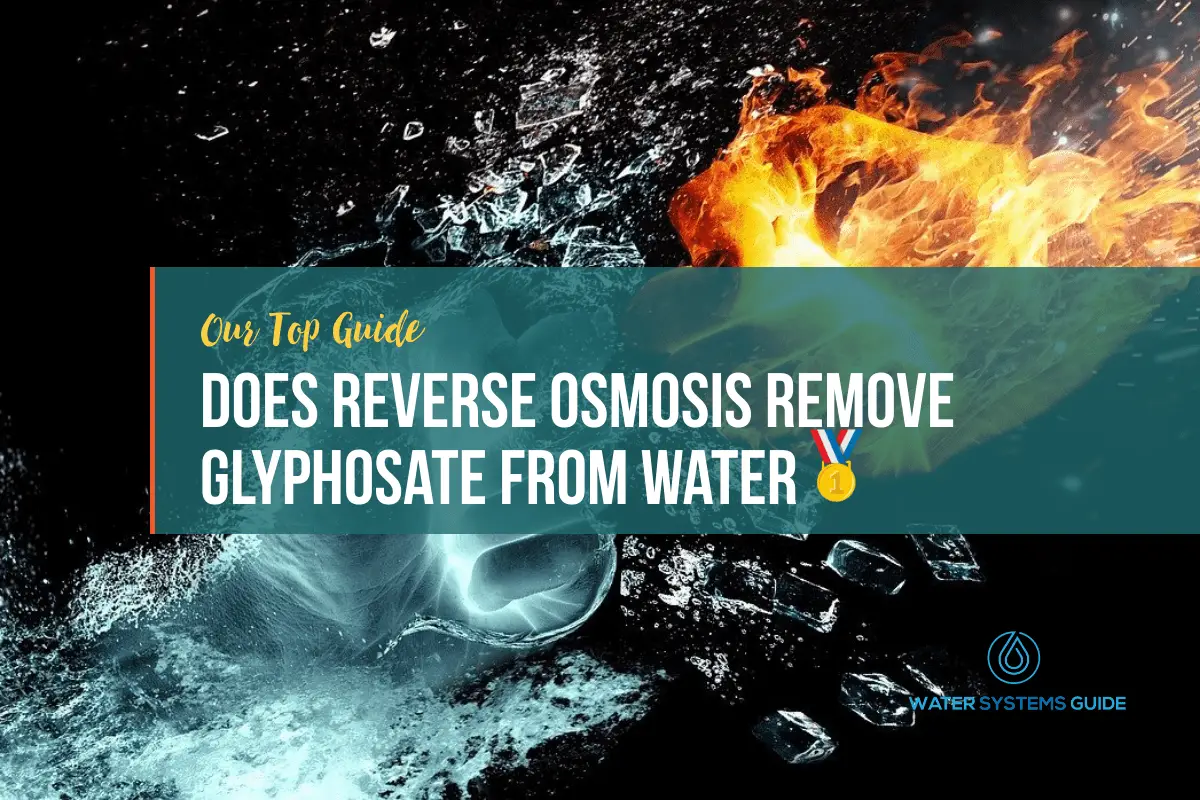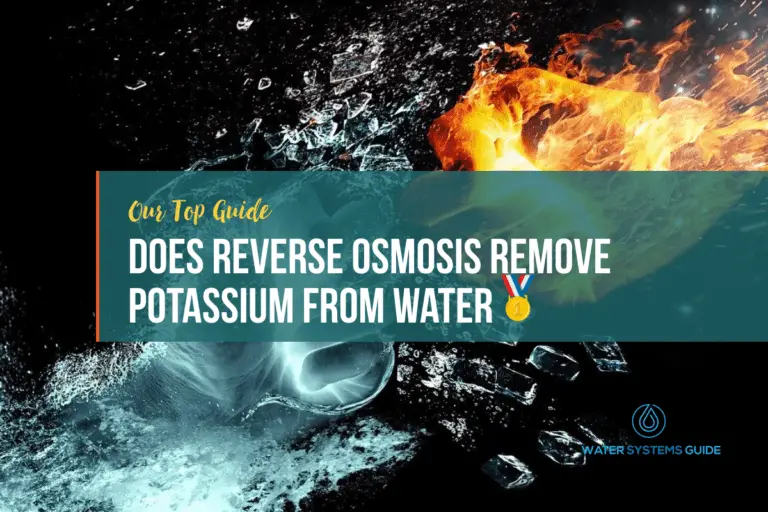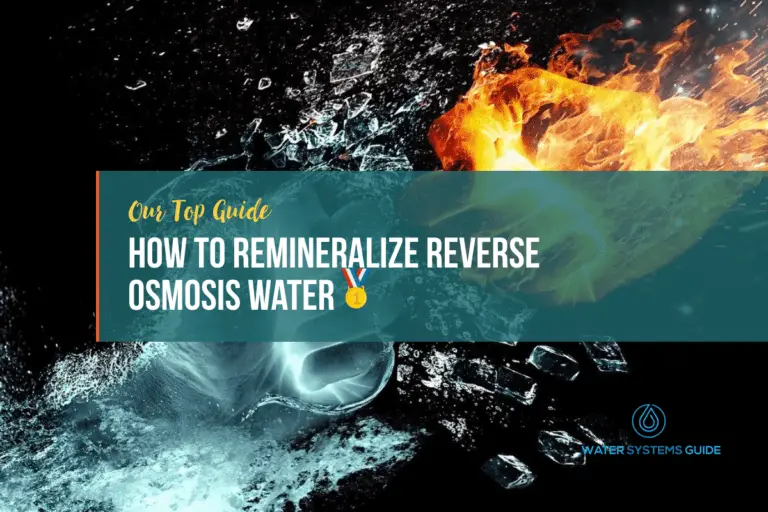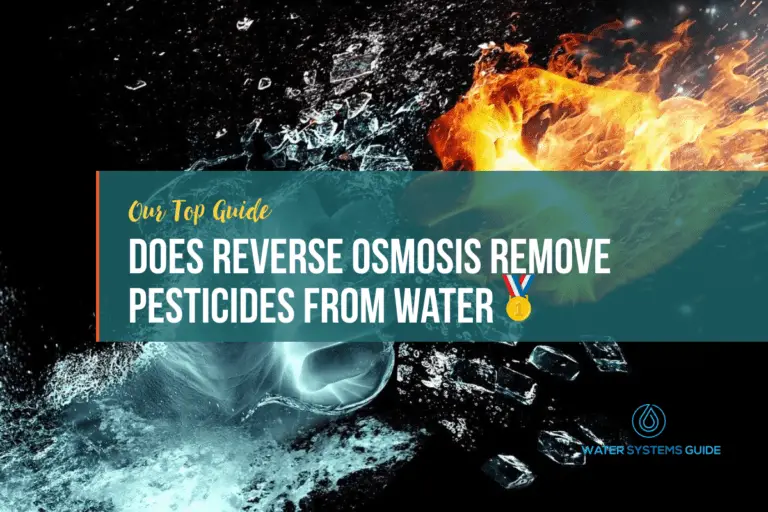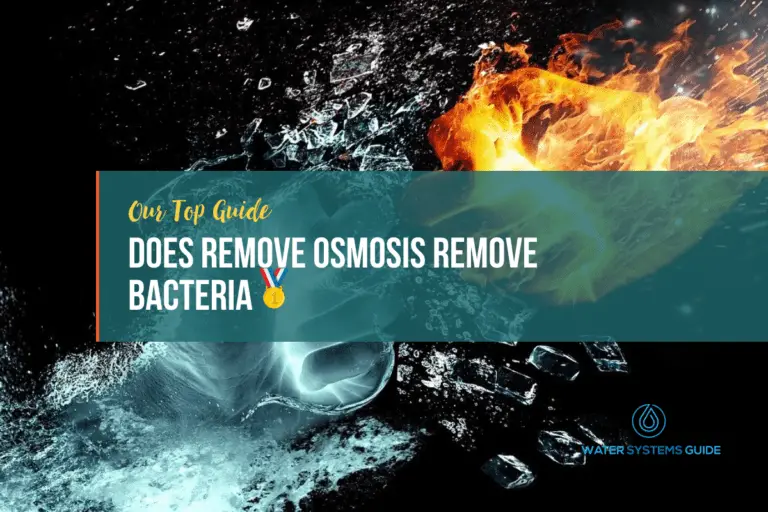Does Reverse Osmosis Remove Glyphosate From Drinking Water
How Does Reverse Osmosis Work?
What is glyphosate and where are they used?
Glyphosate is a broad-spectrum systemic herbicide that is used to kill weeds, especially annual broadleaf weeds and grasses that compete with crops. Glyphosate is also used on a variety of non-crop sites, including gardens, lawns, roadsides, and industrial areas.
With that being said, how exactly does it get into the water supply?
How does glyphosate get into our municipal water
Glyphosate tends to bind strongly to soil, so it can remain in the environment for long periods of time after application. It can enter surface water through runoff from treated areas, and it has been detected in a variety of water sources, including municipal drinking water.
Additionally, municipal water supplies can become contaminated with glyphosate if the herbicide is used in agricultural or landscaping activities near the water source. Glyphosate can also enter water through sewage or stormwater runoff.
Once in the water supply, this substance can be difficult to remove and subsequently can pose a risk to human health.
The Impact Of Glyphosate on Human Health
While glyphosate is considered safe for human health when used according to label instructions, there is some evidence that it may have negative impacts on human health.
Studies have linked glyphosate exposure to an increased risk of cancer, reproductive problems, and endocrine disruption. Some research has also suggested that glyphosate may be a contributing factor to the development of autism and other neurodevelopmental disorders.
While more research is needed to confirm these potential health effects, it is important to be aware of the potential risks associated with glyphosate exposure.
With that being said, we understand why you’re researching ways to remove it from your water supply, which you consumer/drink.
Does Reverse Osmosis Remove Glyphosate?
Reverse osmosis is a process that is used to remove impurities from water. This process can remove glyphosate from water. Glyphosate is a herbicide that is used to kill weeds. It can also be harmful to humans if it is ingested. Reverse osmosis can remove glyphosate from water, making it safe to drink.
There are also other methods to remove glyphosate from you water, which we’ll talk about further in this article.
What Else Does Reverse Osmosis Remove?
How Else Can I Remove Glyphosate from My Water Supply?
There are a few other methods that can be used to remove glyphosate from your water supply, but they may not be as effective as a RO unit. These four treatment methods are as follows:
- Sodium hypochlorite (NaOCl)
- Sedimentation process by PAC (Polyaluminum chloride)
- Ozonation
- Granular activated carbon filter – A recent study showed that GAC can remove more than 98.45% of the glyphosate in water.
“In the sodium hypochlorite experiment, about 50% of the glyphosate was removed by 2 mg/L of hypochlorite and more than 90% was eliminated when 5 mg/L of NaOCl was applied. Also, AMPA, the main metabolite of glyphosate, was treated with hypochlorite. More than 30% of the AMPA was removed by 2 mg/L of hypochlorite and 50% by 5 mg/L. In the PAC experiment, it was determined that more than 60% could be removed. Further experiments were performed and the results indicated that the removed amount was dependent upon the amount of soil and upon the properties of the soil especially that of clay minerals. Ozonation could oxidize glyphosate to its byproducts at about a level of 50%. In contrast, when 1 mg/L of glyphosate was treated with GAC, the amount removed was negligible. The results of this experiment were conclusive”
Conclusion
In conclusion, does reverse osmosis remove glyphosate? Yes it can, a recent study showed that RO can remove approximately 92% of glyphosate from a water source. Hence a potential combination of RO alongside an activated carbon filter would be particularly effective.

